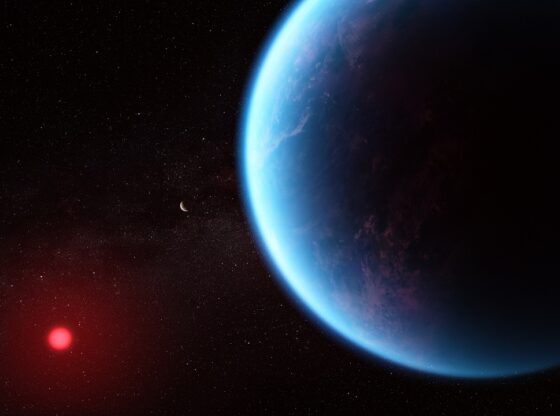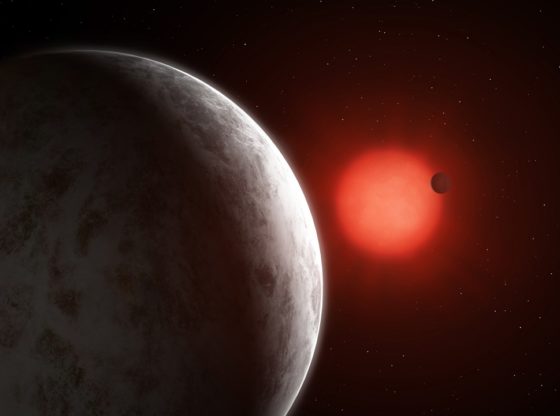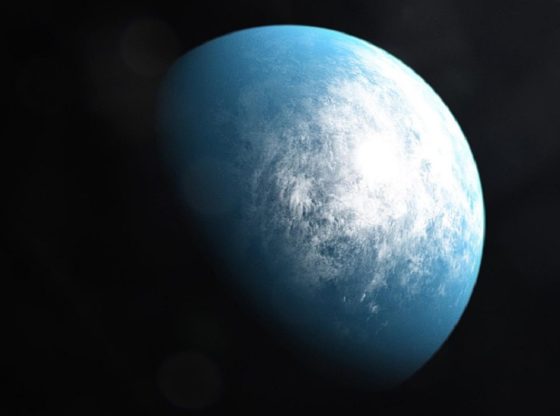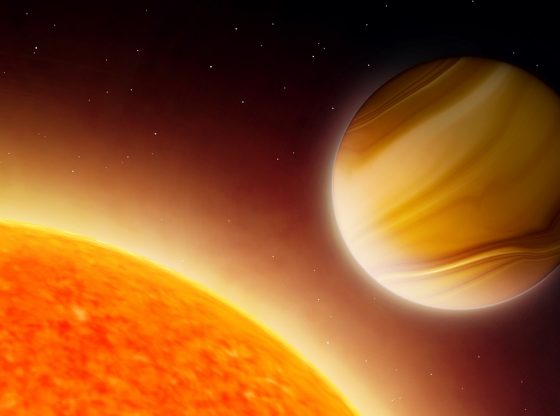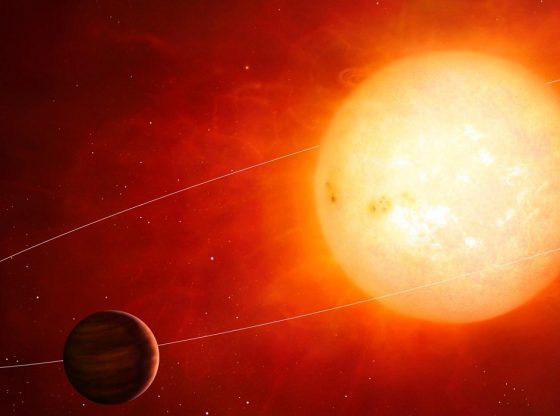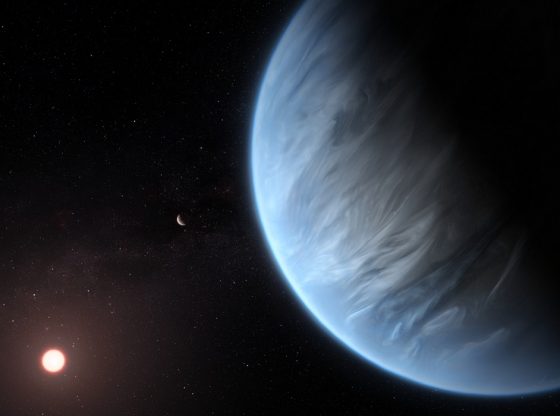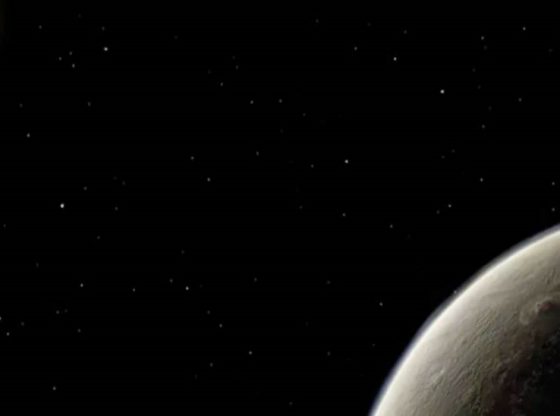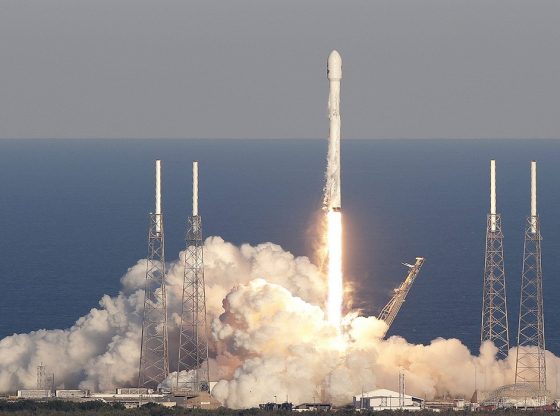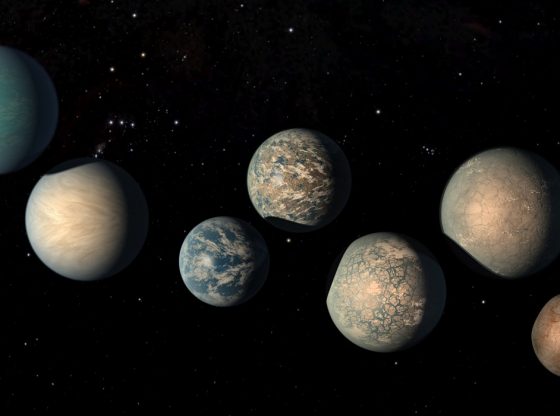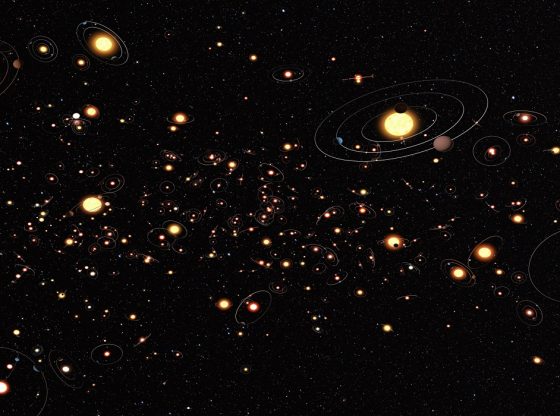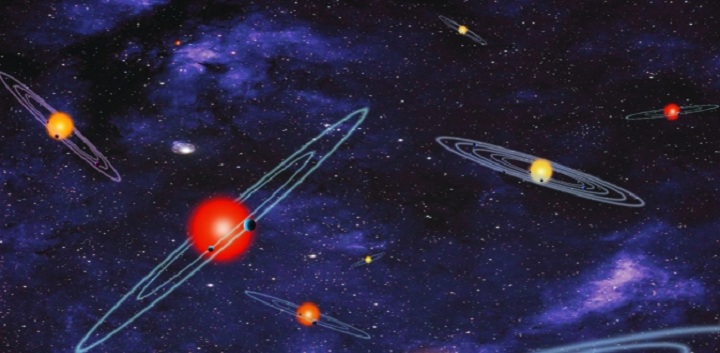
NASA unveiled an amazing 715 new planets this week and the space agency claims that four of these could very much be habitable. These 715 new planets add to the already known about a thousand planets previously identified.
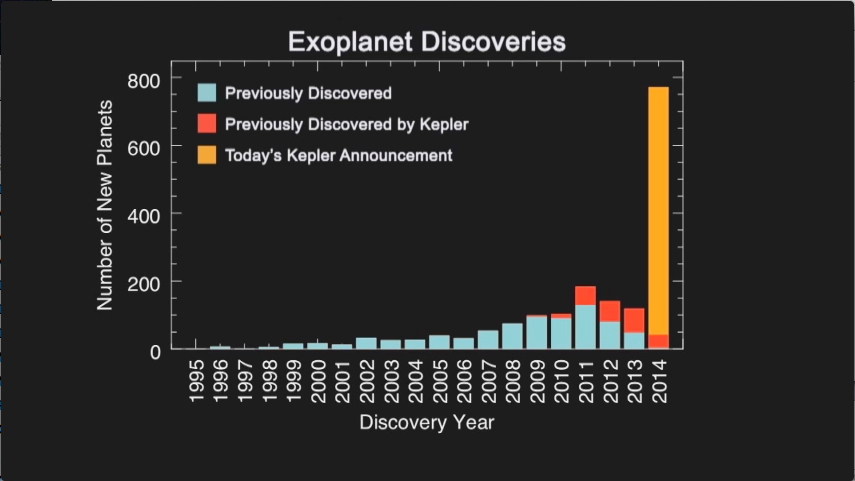
These new planets have been found orbiting around 305 different stars and 95 percent of them are reportedly smaller than Neptune, which is about 4 times the size of Earth.
All planets were discovered using the now-retired space telescope Kepler, which was shot into space in 2009.
Jack Lissauer is a planetary scientist at NASA’s Ames Research Center in Moffett Field, Calif. He writes in a statement regarding the discoveries, “Four years ago, Kepler began a string of announcements of first hundreds, then thousands, of planet candidates — but they were only candidate worlds,”. And adds, “We’ve now developed a process to verify multiple planet candidates in bulk to deliver planets wholesale, and have used it to unveil a veritable bonanza of new worlds.”.

The four planets that NASA claims may be habitable are all about twice the size of Earth. Their orbital speed around their stars all vary, but a common denominator for them is that they, like the Earth, orbit relatively close to their stars within the habitable zone.
The agency highlighted one planet called Kepler-296f in particular, this planet orbits its star within the habitable zone and this star is about half the size and 5 percent as bright as the sun.
The press release states “Kepler-296f is twice the size of Earth, but scientists do not know whether the planet is a gaseous world, with a thick hydrogen-helium envelope,”, “or [if] it is a water world surrounded by a deep ocean.”.
The paper presenting the findings will be published on March 10th in The Astrophysical Journal.
_______________
NASA’s Kepler Mission Announces a Planet Bonanza, 715 New Worlds
Validation of Kepler’s Multiple Planet Candidates. II: Refined Statistical
Framework and Descriptions of Systems of Special Interest
Validation of Kepler’s Multiple Planet Candidates. III: Light
Curve Analysis & Announcement of Hundreds of New
Multi-planet Systems
______________________________

